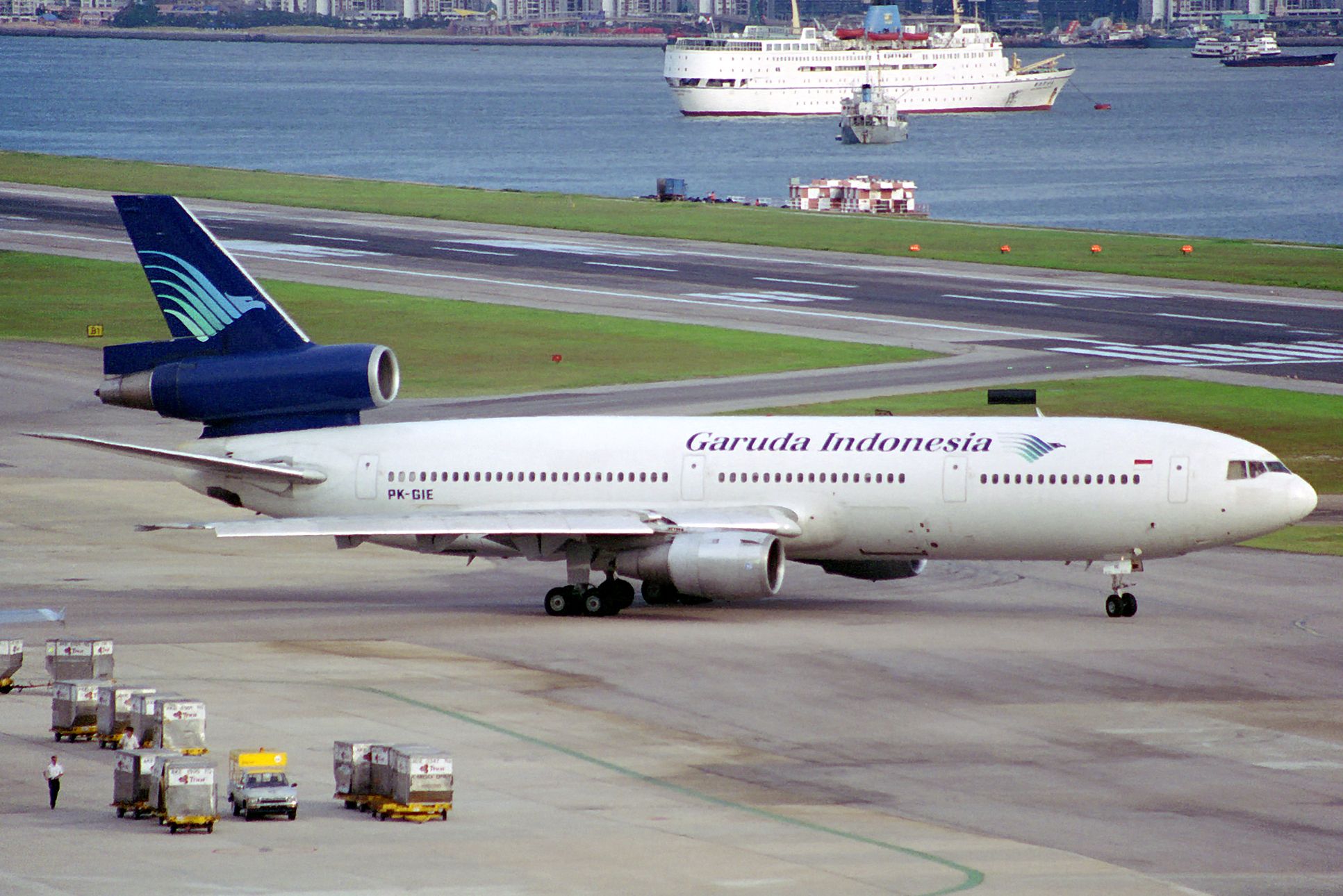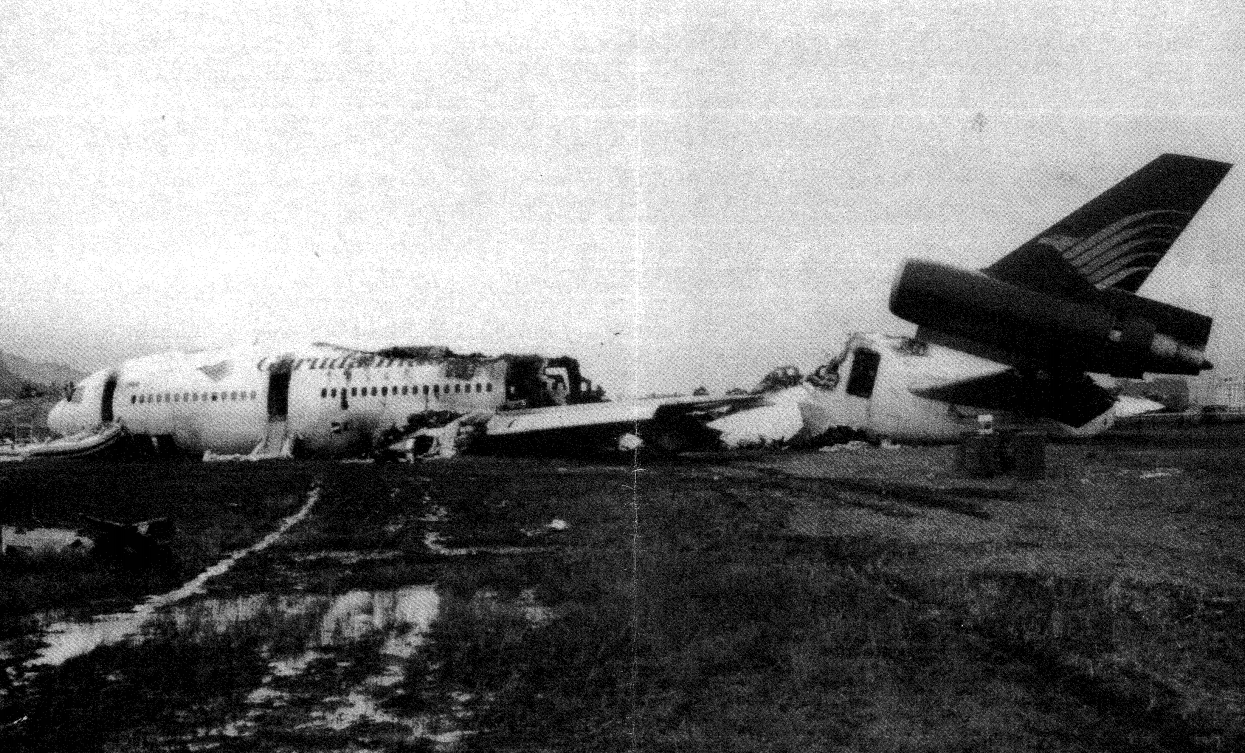This is the story of how a Garuda Indonesia Airways McDonnell Douglas DC-10-30 rejected takeoff at Fukuoka Airport (FUK) in Japan cost the lives of three passengers on June 13, 1996. Garuda Indonesia Flight 865 was a regularly scheduled flight between Fukuoka Airport (FUK) in Japan and the Indonesian capital Jakarta with a stop at Denpasar Airport (DPS) on the island of Bali.At 11:55 local time, the plane, a 17-year-old McDonnell Douglas DC-10-30 with the registration number PK-GIE pushed back from Gate 5 as the crew said, "ready for taxi." Ground crew at the airport told the plane to "taxi via E2, and contact the tower." The pilots of the Garuda plane taxied to runway 16, where the tower told them to hold short while another aircraft landed.
The plane lost power to one of its engines
After the incoming plane landed, Flight 865 was instructed by a controller in the tower to taxi into position for takeoff and hold. At 12:06, clearance was given for takeoff, and the widebody jet began accelerating down the runway. After reaching a speed of 158 knots, the nose was raised, and the first officer on the flight data recorder could be heard saying "rotate."
Three seconds later, a fan blade on the number three engine separated, and as power diminished, the decision was made to abort the takeoff. Thrust levers were deployed, and ground spoilers extended together with heavy braking, but they failed to stop the DC-10 from overrunning the runway. As the plane slowed down, it crashed through a fence and went over a ditch before coming to a rest 2,130 feet beyond the runway's threshold.
The plane caught fire
Damage to the plane included losing the landing gear and both wing-mounted engines being torn off. The fuselage broke in two places and caught fire. Nearly all the 257 passengers and 15 crew members managed to escape, but three bodies were later found in the wreckage. Two passengers died immediately due to violent impact, while a third was knocked unconscious and unable to escape the fire.
The investigation
After a thorough investigation by the Japanese Ministry of Transport into why the aircraft lost power to one of its engines and the decision to abort takeoff, it was determined that the following causes of the accident were as follows:
Although the calibrated knot airspeed was well over V1 and the aircraft had already lifted off from the runway when the takeoff was aborted. Because of this, the plane overran the runway and caught fire. It was determined that the decision to abort the takeoff, given the fact that the aircraft was already airborne, was the wrong one to make.
As for the fan blade separating from the engine, the blame was put down to poor maintenance by Garuda Indonesia. GE Aviation the manufacturer of the General Electric CF6-50C2 turbofan engines, issued a directive telling airlines that the turbine blades needed to be replaced after 6,000 cycles (takeoffs and landings). In the case of the 17-year-old Garuda Indonesia Douglas DC-10-30, the aircraft had already performed 6,182 cycles when the aborted takeoff happened.



